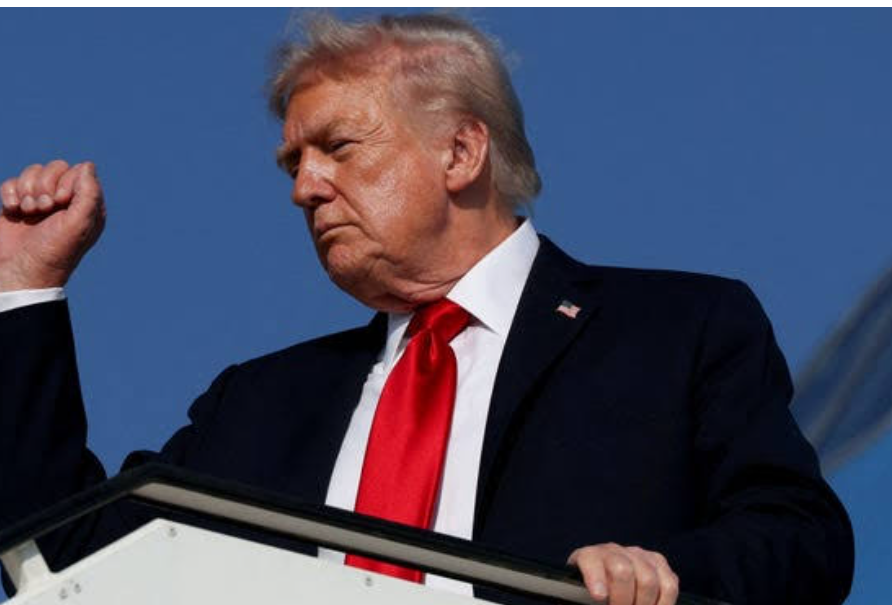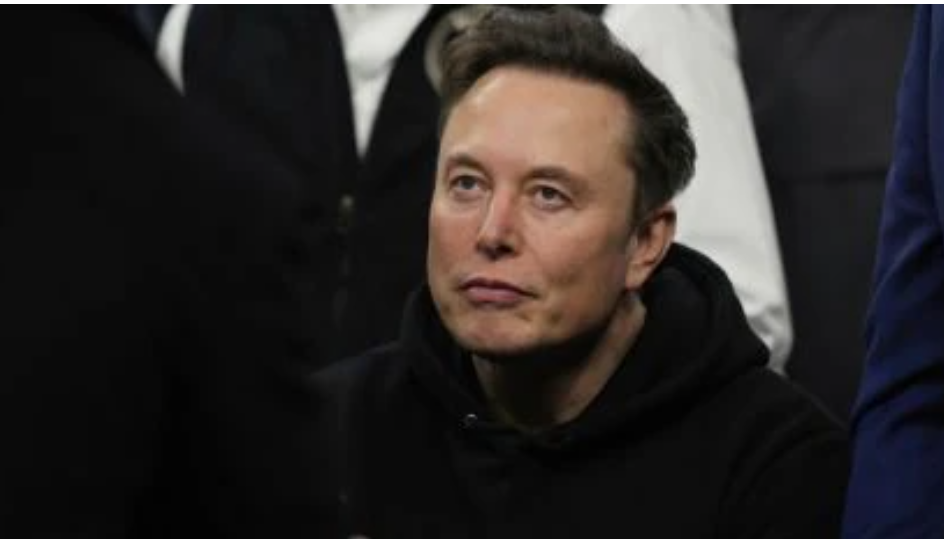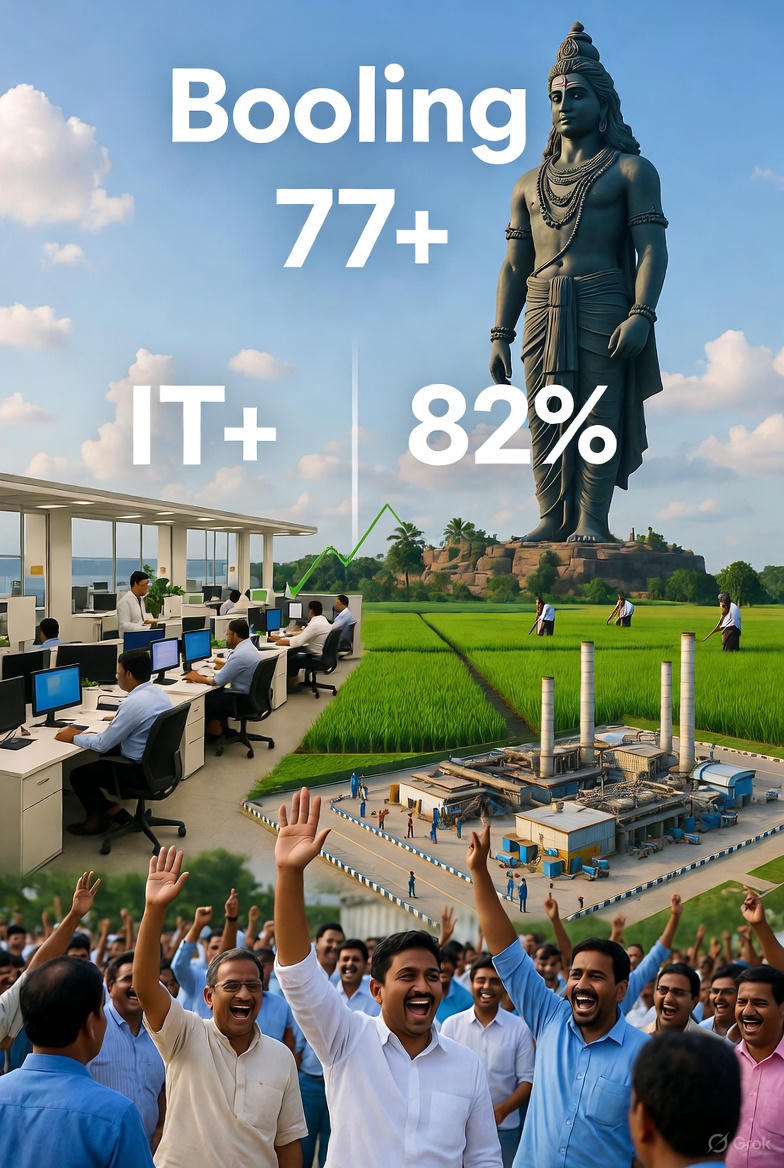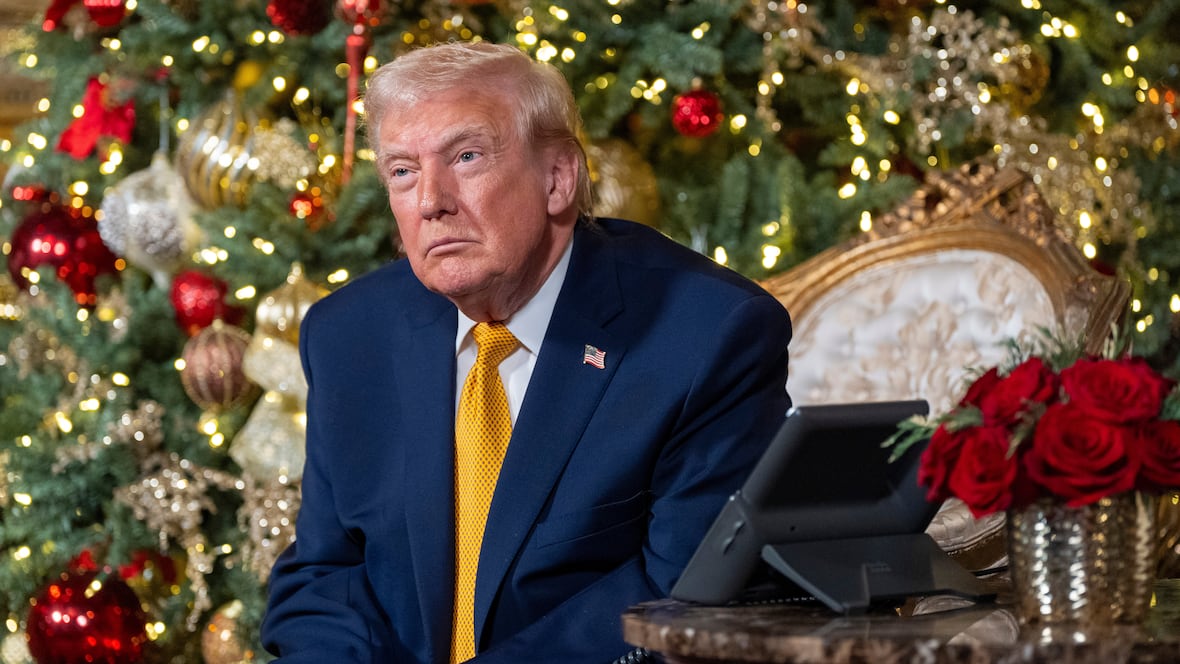By Manisha Sahu | America News World | October 18, 2025
U.S. President Donald Trump on Friday signed a sweeping executive order granting significant tariff relief for American automakers and engine manufacturers, while simultaneously introducing steep new import duties on trucks and buses. The move underscores the administration’s dual strategy of bolstering domestic production and tightening trade controls on foreign competition.

Under the new directive, automakers assembling vehicles within the United States will now be eligible for a credit equal to 3.75% of the manufacturer’s suggested retail price (MSRP) for each U.S.-made vehicle through 2030. The incentive aims to stimulate production at home, attract new investment in domestic manufacturing facilities, and secure jobs across the country’s key auto-producing states.
At the same time, Trump announced new 25% tariffs on imported medium- and heavy-duty trucks and related parts, effective November 1, alongside a 10% tariff on imported buses. The administration framed these measures as essential for safeguarding U.S. supply chains and ensuring “fair competition” for American producers in an increasingly volatile global market.
“For too long, American workers and factories have paid the price for one-sided trade deals and foreign dumping,” Trump said in a statement released by the White House. “This action restores balance, rewards companies that build in America, and ensures that our trucking and transportation industries thrive again.”
Balancing Relief and Protection
According to the executive order, the new “auto production relief credit” will be administered by the Department of Commerce in coordination with the Treasury Department. Automakers will be required to demonstrate that at least 70% of components in qualifying vehicles are sourced domestically.
The measure builds on Trump’s broader “America First Manufacturing Initiative,” which seeks to repatriate supply chains, boost factory employment, and reduce reliance on foreign-made parts—particularly from China, Mexico, and Germany, three of the largest exporters of automotive components to the U.S.
In addition, the administration is extending the import adjustment offset credit for U.S. engine production and for medium- and heavy-duty truck manufacturing. This extension, first introduced during Trump’s first term, provides tax incentives to companies that maintain or expand engine assembly operations within the country.
Commerce Secretary Wilbur Ross hailed the move as “a major win for U.S. industrial strength,” emphasizing that the combined credits and tariffs would make domestic assembly “more competitive than it has been in decades.”
“This is about rebuilding our industrial backbone,” Ross said during a press briefing. “We’re incentivizing production right here in the United States, not overseas.”

Also read:-Afghanistan cancels T20 series after Pakistan airstrike kills 3
Industry Reactions Mixed
The announcement drew mixed reactions from automakers, trade groups, and economists. Major U.S. manufacturers like Ford Motor Co. and General Motors welcomed the production credit, describing it as a “positive boost” for domestic output and investment.
A spokesperson for Ford said the company “supports any policy that strengthens American manufacturing and levels the playing field.” GM similarly expressed cautious optimism, noting that the credit could support its ongoing push to retool U.S. factories for electric and hybrid vehicle production.
However, some analysts warned that the new tariffs could trigger retaliatory measures from trading partners and lead to higher prices for trucks and buses. Industry experts said the tariffs may particularly affect logistics, construction, and public transport sectors that rely heavily on imported heavy-duty vehicles and parts.
“This is a double-edged sword,” said Laura Bennett, senior economist at the Peterson Institute for International Economics. “While domestic producers stand to gain from credits, the tariffs will likely drive up costs downstream — especially for small businesses and municipal fleets.”
Also read:-Russia pounds Ukraine’s gas sites, Kyiv forced to import more
A Political and Economic Signal
Friday’s order also carries significant political undertones. The U.S. auto industry has long been a focal point of Trump’s economic agenda, particularly in manufacturing-heavy states such as Michigan, Ohio, and Pennsylvania — all key battlegrounds ahead of the 2026 midterm elections.
The timing of the order aligns with growing public pressure to shield American industries from global competition, particularly amid ongoing tensions with China and the European Union over trade imbalances. Trump has repeatedly accused both regions of “dumping cheap vehicles” into the U.S. market.
Earlier this year, the administration launched a review of foreign subsidies and pricing practices in the global auto sector. The new tariffs are believed to be a direct outcome of that investigation, which found “systematic underpricing” by several major exporters.
“This administration will not allow foreign producers to undermine American workers with unfair subsidies and predatory pricing,” Trump declared. “We’re taking decisive action to ensure a level playing field.”
Economic Implications
Economists suggest the relief credit could cost the federal government an estimated $12–15 billion annually in lost revenue but may stimulate significant reinvestment in U.S. manufacturing infrastructure.
The U.S. Chamber of Commerce issued a cautious statement acknowledging the potential benefits of incentivizing domestic production but warned that “broad tariffs can raise consumer costs and disrupt established trade relationships.”
Automotive suppliers, many of whom depend on global sourcing, are expected to face short-term challenges in adjusting supply chains. Analysts predict that medium- and heavy-duty truck prices could rise by 5–10% over the next year, potentially affecting industries from freight transport to construction.
Still, some trade experts argue that the long-term benefits could outweigh the costs if the policy successfully spurs domestic reinvestment.
“If automakers reinvest in U.S. plants and workforce training, this could mark a turning point in American manufacturing competitiveness,” said David Hamilton, an automotive policy analyst at the Brookings Institution. “But it will depend on how efficiently the credits are implemented and whether foreign retaliation remains limited.”
Looking Ahead
With the order now signed, implementation is expected to begin immediately, with detailed guidance to be released by the Commerce and Treasury Departments in the coming weeks. Automakers have until January 1, 2026, to register for eligibility under the new production credit.
As the U.S. prepares for potential trade responses from allies and competitors alike, the administration is positioning this as a cornerstone of its effort to “restore American industrial independence.”
For consumers, the ultimate impact may depend on how automakers and truck manufacturers adjust to the new policy landscape. In the short term, analysts expect vehicle prices to rise modestly but predict potential long-term gains if domestic capacity and employment expand as intended.
The new tariffs, combined with the production incentives, signal the administration’s latest effort to redefine the rules of global automotive trade — and reaffirm its commitment to putting “Made in America” at the center of economic policy.
Discover more from AMERICA NEWS WORLD
Subscribe to get the latest posts sent to your email.









































Leave a Reply